-
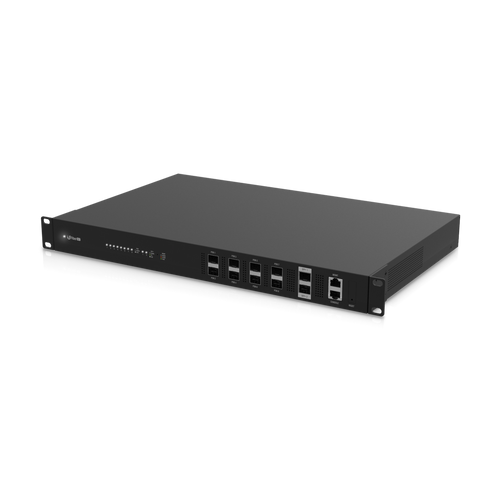
Ubiquiti
SKU: UF-OLT
Ubiquiti UF-OLT UISP UFiber OLT Terminal
$1,899.00Usually Ships in 24 Hours199 In Stock -

Ubiquiti
SKU: UF-OLT-4
Ubiquiti UF-OLT-4 UFiber OLT 4 Optical Line Terminal
MSRP:$1,189.00$1,119.00Usually Ships in 24 Hours196 In Stock -
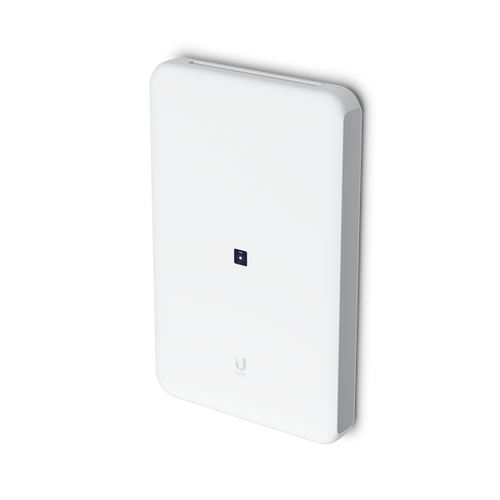
Ubiquiti
SKU: UDW-US
Ubiquiti UDW-US UniFi Dream Wall OS Console
$1,099.99Usually Ships in 24 Hours20 In Stock -

Intellinet
SKU: 561792
Intellinet 561792 5-Port Gigabit Ethernet PoE+ Switch
$56.99Usually Ships in 24 Hours3 In Stock -

MikroTik
SKU: CRS504-4XQ-IN
MikroTik CRS504-4XQ-IN 4x 100 Gigabit QSFP28 Cloud Router Switch
MSRP:$799.00$740.00COMING SOON191 In Stock -

Ubiquiti
SKU: USW-Enterprise-8-PoE
Ubiquiti UniFi USW-Enterprise-8-PoE 8-Port 2.5GbE, 802.3at PoE+ 2-Port 10G SFP+ Layer 3 Switch
$635.99Usually Ships in 24 Hours1 In Stock -

Ubiquiti
SKU: USW-EnterpriseXG-24
Ubiquiti UniFi USW-EnterpriseXG-24 24-Port 10GbE 2-Port 25G SFP28 Layer 3 Switch
$1,798.99Usually Ships in 24 Hours32 In Stock -

Ubiquiti
SKU: USW-Flex-XG
Ubiquiti UniFi USW-Flex-XG Compact 4-Port Gigabit Layer 2 Ethernet Switch
$398.00Usually Ships in 24 Hours58 In Stock -

Ubiquiti
SKU: UISP-Console
Ubiquiti UISP Console Multi-gigabit Ethernet Gateway Switch
$199.00COMING SOON52 In Stock -

Intellinet
SKU: 560696
Intellinet 5-Port Gigabit Switch 5 x 10/100/1000
$49.9914 In Stock -

Ubiquiti
SKU: USW-Enterprise-24-PoE
Ubiquiti USW-Enterprise-24-PoE 24-Port Gigabit & 2.5G PoE+ Compliant Managed Switch with SFP+
$1,199.99Usually Ships in 24 Hours451 In Stock -
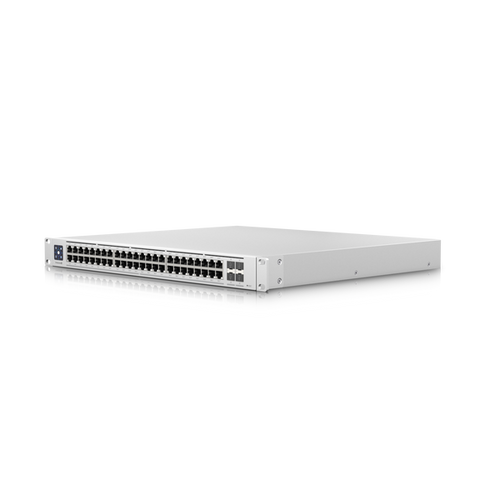
Ubiquiti
SKU: USW-Enterprise-48-PoE
Ubiquiti USW-Enterprise-48-PoE UniFi 48-Port 2.5Gb PoE+ Compliant Managed Switch with SFP+
$2,299.99Usually Ships in 24 Hours272 In Stock -

Ubiquiti
SKU: USW-Pro-48
Ubiquiti USW-Pro-48 UniFi 48-Port Gigabit Managed Switch with SFP+
$787.00Usually Ships in 24 Hours227 In Stock -

Ubiquiti
SKU: USW-LITE-8-POE
Ubiquiti USW-Lite-8-POE UniFi 8-Port Gigabit PoE+ Compliant Managed Switch
$162.99Usually Ships in 24 Hours562 In Stock -

Ubiquiti
SKU: USW-Lite-16-POE
Ubiquiti USW-Lite-16-POE UniFi 16-Port Gigabit PoE+ Compliant Managed Switch
$273.00Usually Ships in 24 Hours1038 In Stock -

Ubiquiti
SKU: USW-Aggregation-Pro
Ubiquiti USW-Pro-Aggregation UniFi 28-Port 10G SFP+ Managed Switch with SFP28
$1,157.00Usually Ships in 24 Hours74 In Stock -
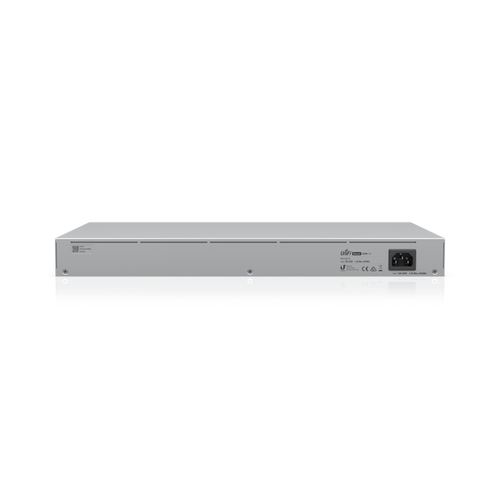
Ubiquiti
SKU: USW-48
Ubiquiti USW-48 UniFi 48-Port Gigabit Managed Network Switch with SFP
$538.00Usually Ships in 24 Hours94 In Stock -

Ubiquiti
SKU: UDM-SE
Ubiquiti UDM-SE Dream Machine Special Edition
$689.99COMING SOON408 In Stock -

MikroTik
SKU: CRS310-1G-5S-4S+OUT
MikroTik CRS310-1G-5S-4S+OUT netFiber 9 Outdoor Switch SFP, SFP+ Gigabit Ethernet
$283.00COMING SOON171 In Stock -
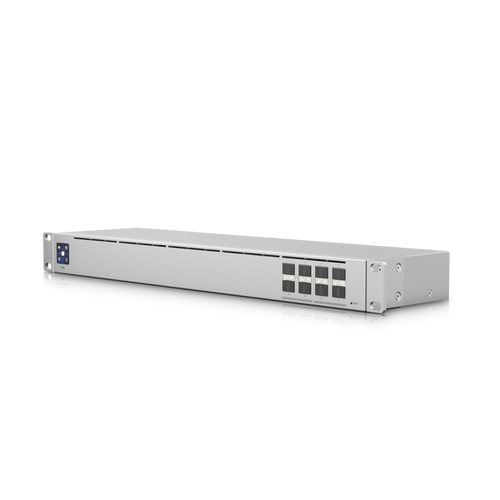
Ubiquiti
SKU: USW-Aggregation
Ubiquiti UniFi USW-Aggregation with 8-Port 10G SFP+ Layer 2 switch
$355.00Usually Ships in 24 Hours1 In Stock -

Ubiquiti
SKU: USW-16-POE-Gen2
Ubiquiti USW-16-POE-Gen2 UniFi 16-Port Gigabit 802.3at PoE+ SFP Layer 2 Switch
$336.90Usually Ships in 24 Hours821 In Stock -

Comtrend
SKU: GS-7518
Comtrend GS-7518 18-Port PoE+ Gigabit Ethernet Switch
$145.45Usually Ships in 24 Hours1 In Stock -

MikroTik
SKU: CRS326-24G-2S+IN
MikroTik CRS326-24G-2S+IN Cloud Router Switch 24 Gigabit ports, 2 SFP+
$189.99Usually Ships in 24 Hours255 In Stock -

Ubiquiti
SKU: USW-Flex-Mini
Ubiquiti Networks USW-Flex-Mini UniFi 5-Port Gigabit Managed Switch
$41.50Usually Ships in 24 Hours1 In Stock -

Ubiquiti
SKU: USW-Pro-48-PoE
Ubiquiti USW-Pro-48-PoE UniFi Pro PoE 48-Port Gigabit Managed Switch with SFP+
$1,599.99COMING SOON293 In Stock -

Ubiquiti
SKU: UDM-PRO
Ubiquiti UDM-PRO Networks UniFi Dream Machine Pro
$469.99Usually Ships in 24 Hours388 In Stock -

Intellinet
SKU: 561099
Intellinet 561099 8-Port Gigabit Web-Smart Switch
MSRP:$81.99$51.30Usually Ships in 24 Hours12 In Stock -

Intellinet
SKU: 508254
Intellinet 508254 4-Port Gigabit Ethernet PoE+ Industrial Switch with 2 SFP Ports
MSRP:$262.99$189.00Usually Ships in 24 Hours1 In Stock
